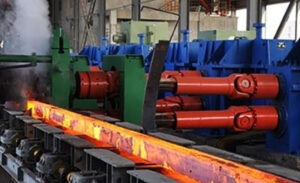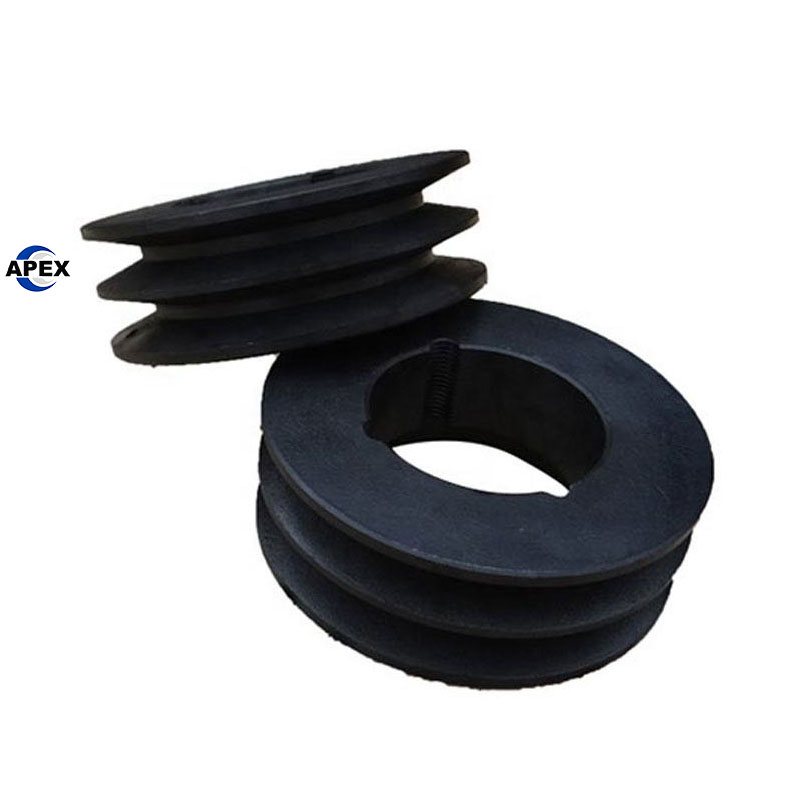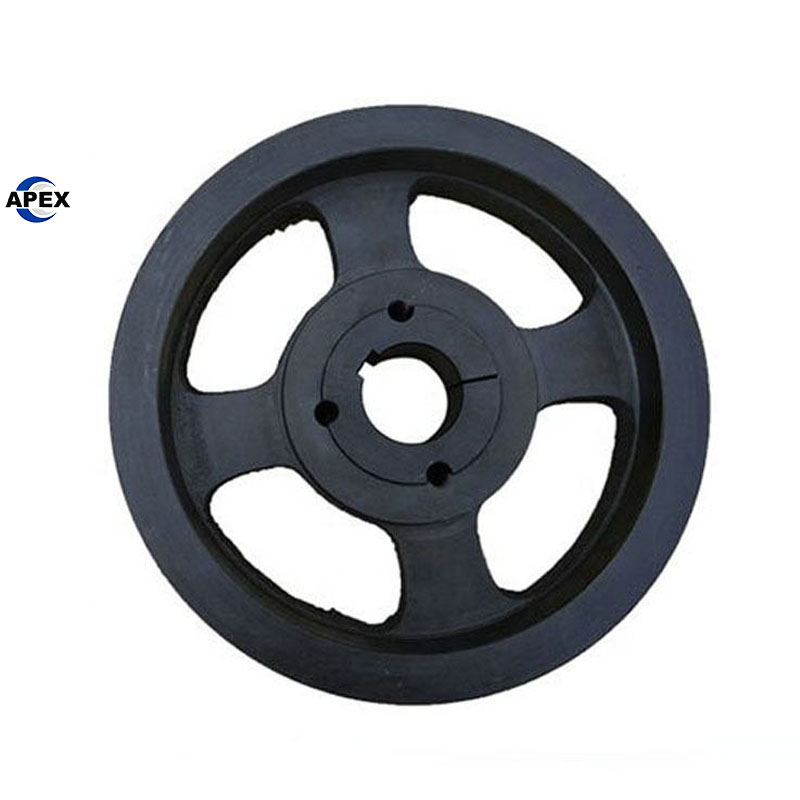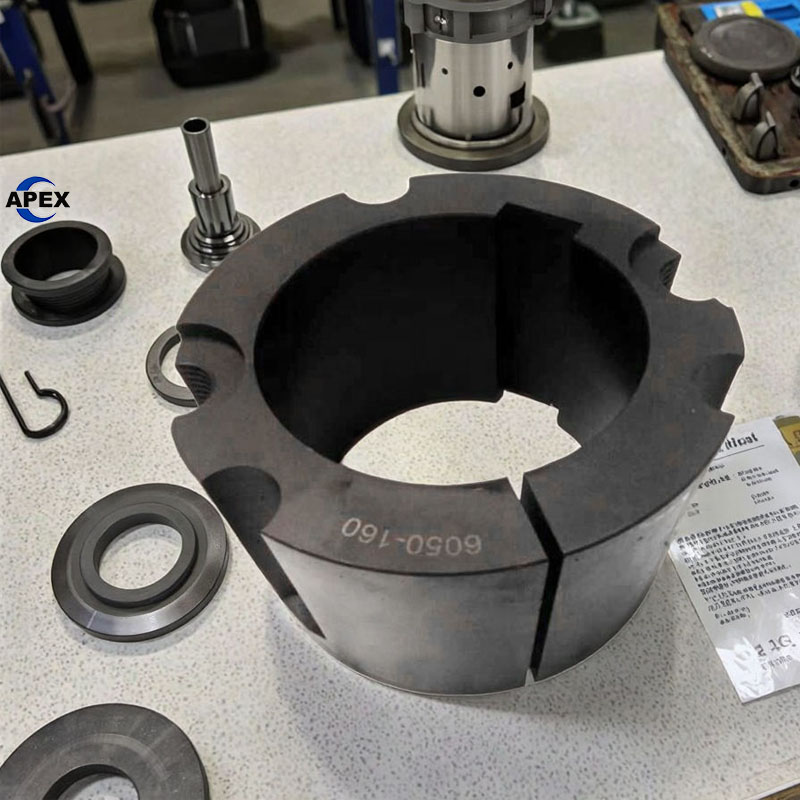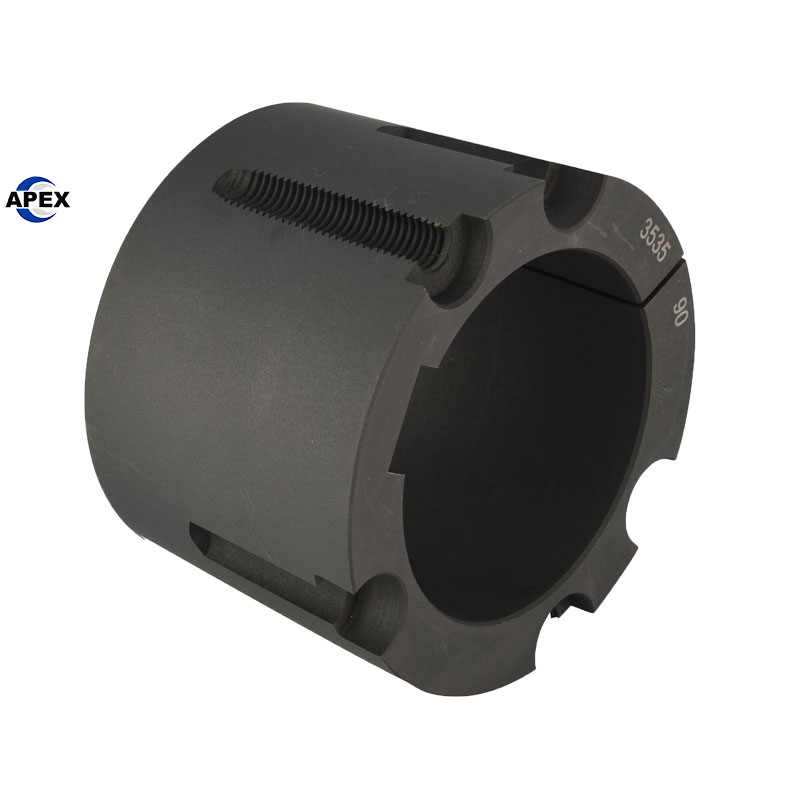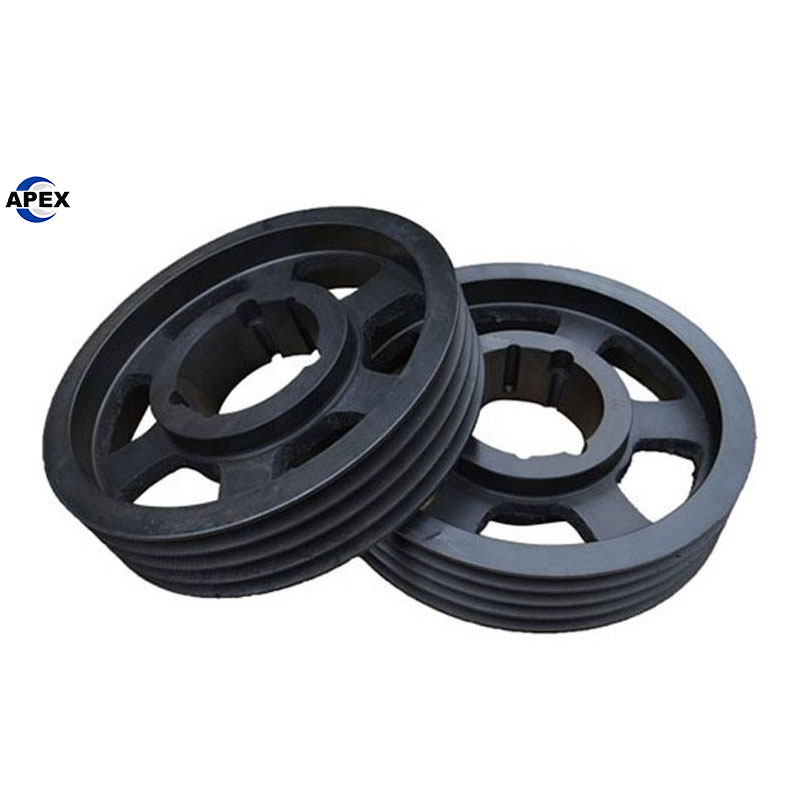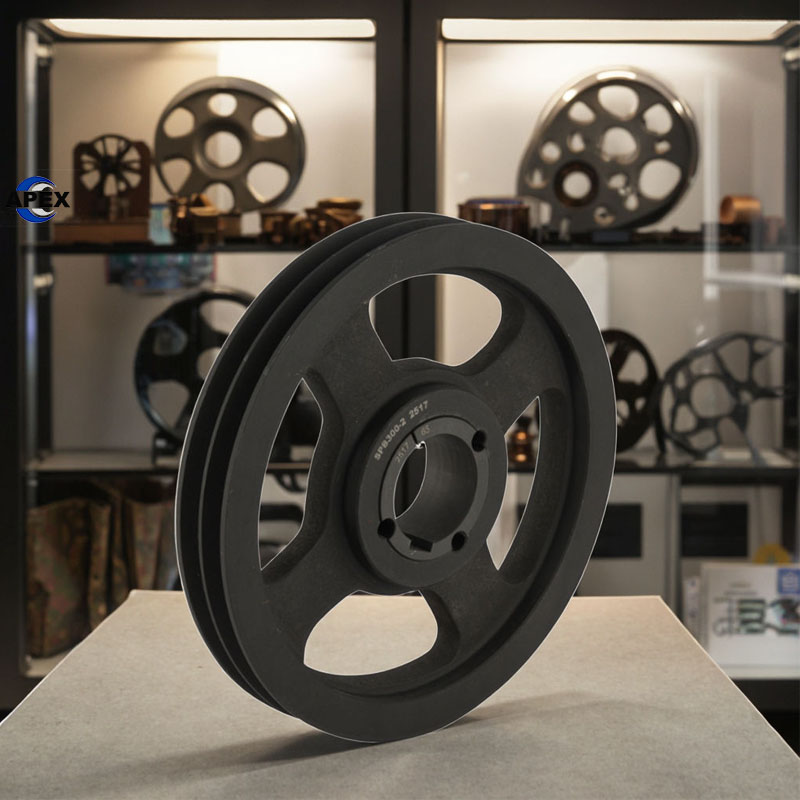OEM ODM Couping manufacturer.
Couplings, Flexible Couplings, OEM ODM.
Apex Coupling: Your OEM/ODM Partner for High-Performance Flexible Shaft Couplings. We provide custom-designed, durable couplings for various industries, ensuring perfect fit and reliable power transmission. Get your solution now!
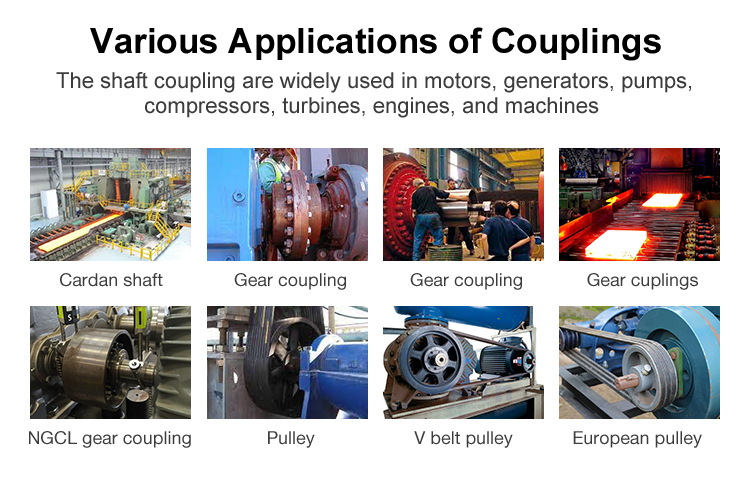
How to choose belt pulleys?
A 5-Step Guide to Selecting Belt Pulleys
Step 1: Define the Drive Parameters
Start with the basic specifications of your system.
Power (HP or kW): The amount of power the motor transmits.
Input Speed (RPM): The rotational speed of the driver shaft (usually the motor).
Desired Output Speed (RPM): The required speed of the driven machine.
Service Factor: Based on the driven machine type (e.g., centrifugal pumps: 1.2, conveyors: 1.4, crushers: 1.7). Multiply the motor power by this factor for design power.
Step 2: Select the Belt & Pulley Type
The belt type dictates the pulley groove design. They must match.
V-Belt Pulleys:
Use Case: Most common for general industrial applications. Excellent grip and high power transmission.
Pulley Type: Has trapezoidal grooves. Standards include A, B, C, D sections.
Timing Belt Pulleys (Synchronous):
Use Case: When precise speed synchronization is critical (no slip). Used in 3D printers, CNC axes, engines.
Pulley Type: Has teeth that mesh with the belt (e.g., GT2, T5, T10, AT5, HTD).
Flat Belt Pulleys:
Use Case: High-speed, low-power applications or where shaft misalignment is needed.
Pulley Type: Crowned (slightly curved) surface to keep the belt centered.
Poly-V / Serpentine Belt Pulleys:
Use Case: Compact, high-power drives (e.g., automotive engines, machinery with multiple accessories).
Pulley Type: Multiple small, parallel V-grooves.
Step 3: Determine Pulley Sizes & Speed Ratio
Speed Ratio: Calculate the ratio between driver and driven speeds. Ratio = Driver RPM / Driven RPM.
Pulley Diameters: The ratio is also the ratio of the driven pulley diameter to the driver pulley diameter. Driver RPM × Driver Pulley Diameter = Driven RPM × Driven Pulley Diameter.
To increase driven speed, use a larger driver pulley or a smaller driven pulley.
To decrease driven speed, use a smaller driver pulley or a larger driven pulley.
Step 4: Specify Key Pulley Dimensions
Bore Size & Keyway: The pulley must fit the shaft. Specify the exact bore diameter and the keyway dimensions (width, depth, length) according to standard tables.
Number of Grooves: Determined by the number of belts needed to transmit the power.
Pitch Diameter (PD): The critical diameter for calculation, measured at the belt’s pitch line (for V-belts, it’s inside the pulley).
Hub & Overall Dimensions: Ensure the pulley fits within the available space.
Step 5: Choose the Material & Construction
Cast Iron: The standard. Excellent durability, wear resistance, and damping properties. Ideal for most industrial uses.
Pressed Steel/Sheet Metal: Lighter and cheaper. Suitable for low-power, high-speed applications.
Aluminum: Lightweight, corrosion-resistant. Common in automation, packaging, and where weight is a concern.
Plastic (e.g., Nylon, Polyacetal): Quiet, corrosion-resistant, and low-cost for light-duty applications.
Quick Selection Checklist
| Parameter | What to Determine |
|---|---|
| Drive Specs | Power (kW/HP), Input & Output RPM, Service Factor. |
| Belt & Pulley Type | V-Belt, Timing Belt, Flat Belt, or Poly-V. |
| Sizing | Speed Ratio, Pitch Diameter of both pulleys. |
| Physical Fit | Bore Diameter, Keyway Size, Number of Grooves. |
| Environment | Material (Cast Iron, Steel, Aluminum), special coatings. |
Summary: The correct pulley choice balances your power, speed, and space requirements. Always match the pulley to the belt type first, then calculate the sizes based on your speed ratio, and finally confirm the physical dimensions for a proper fit.
Final Tip: Use manufacturer’s selection software or catalogs. They provide detailed tables that cross-reference power, speed, and belt type to give you a pre-engineered, guaranteed solution. For custom needs (special bores, multiple grooves, unique materials), work with a supplier offering OEM/ODM services.
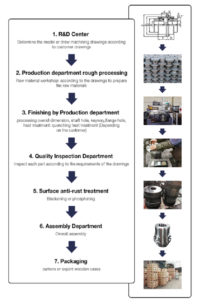
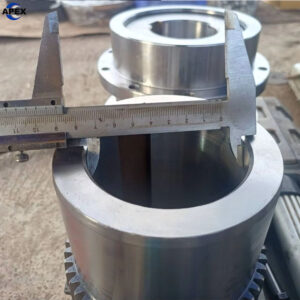
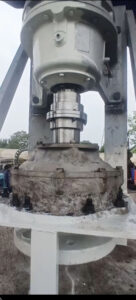
Customization options, customized on demand, sample processing, graphic processing.
Product Support traceability of raw materials
Quality control conducted on all production lines.
R&D engineer education levels3 graduate
Choose Confidence. Choose Safety.
Contact us today to discuss how our certified quality and safety standards can protect your operations. Request a quote and receive full technical data sheets for your evaluation.
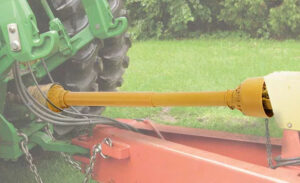
Our Commitment to You:
We guarantee that every coupling leaving our facility is built to perform safely and reliably. Our quality is not just a promise—it’s a result of a systematic, verifiable process built into everything we do.
